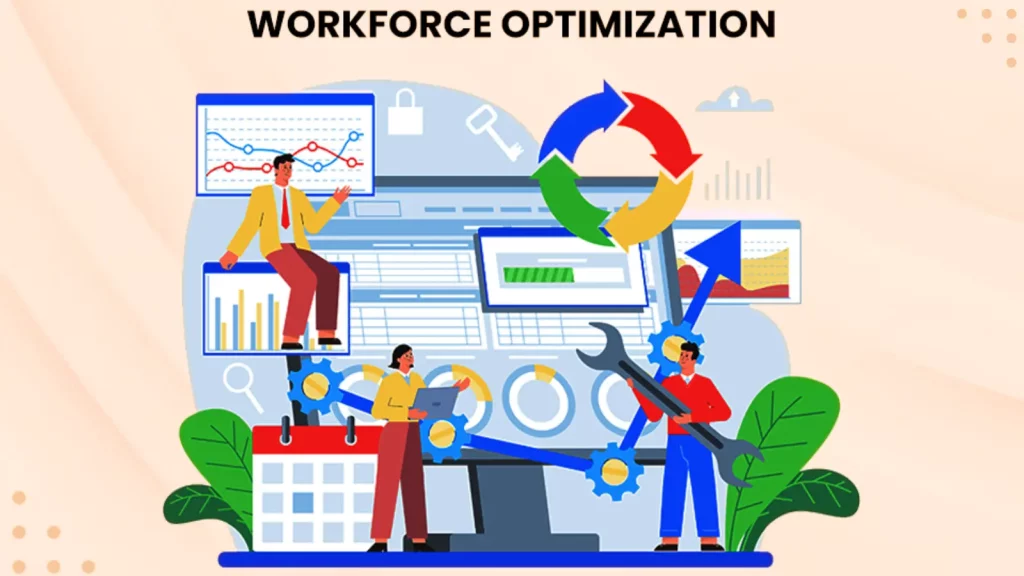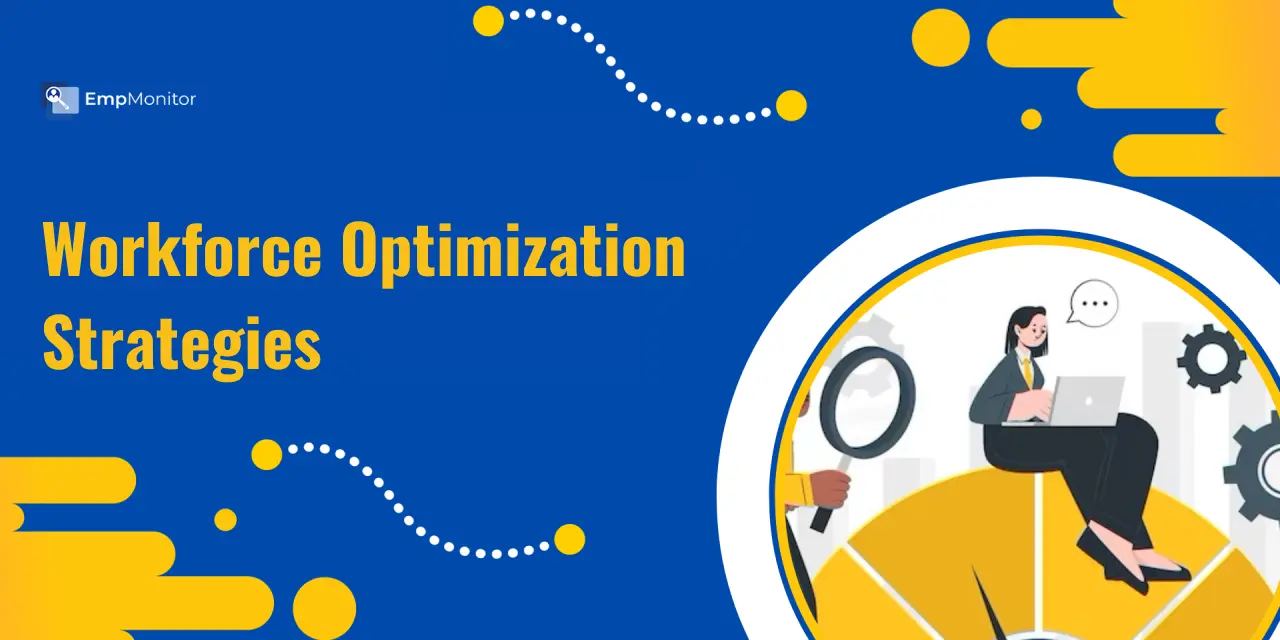Aligning Workforce Optimization with Strategic Business Planning
Aligning Workforce Optimization with Strategic Business Planning
Blog Article
How to Optimize Workforce Utilization for Better Profit Margins
In today's fast-paced organization earth, staying prior to the contour is more important than ever. One strong tool that could support organizations obtain a aggressive side is predictive analytics. By leveraging knowledge to estimate future trends and behaviors, companies can make more knowledgeable decisions and optimize their workforce efficiently. But how precisely does predictive analytics may play a role in workforce optimization, and why should your company care?
Predictive analytics is revolutionizing just how organizations manage their employees. It enables firms to foresee potential staffing wants, increase worker performance, and reduce turnover rates. By understanding the patterns and tendencies within your workforce, you possibly can make strategic conclusions that may benefit both your workers and your base line.

Knowledge Predictive Analytics
Predictive analytics involves using old information, machine learning methods, and statistical models to estimate future outcomes. In the context of workforce optimization , it means examining past staff data to forecast potential workforce trends. This could contain predicting which personnel are likely to keep, pinpointing prime artists, and determining the best instances to employ new staff.
By harnessing the power of predictive analytics, companies may move from reactive to hands-on workforce management. Instead of waiting for problems to arise, organizations can assume them and get action before they affect the organization.
Increasing Staff Efficiency
One of many crucial advantages of predictive analytics is its power to enhance employee performance. By examining information on employee behavior, production, and diamond, businesses can identify facets that contribute to large performance. These details will then be used to develop targeted education programs, collection realistic performance targets, and offer personalized feedback to employees.
As an example, if the data demonstrates personnel who get regular feedback accomplish better, managers may apply more frequent check-ins and efficiency reviews. Equally, if specific skills are determined as critical for accomplishment in a particular position, targeted instruction programs could be developed to make certain all employees have the required competencies.
Lowering Turnover Charges
Staff turnover is a substantial concern for several agencies, leading to increased recruitment prices and missing productivity. Predictive analytics might help handle this problem by distinguishing personnel who're prone to making and pinpointing the factors that lead for their dissatisfaction.
By knowledge the causes behind worker turnover, firms can take hands-on measures to enhance retention. This can include offering more aggressive salaries, providing opportunities for career growth, or approaching workplace tradition issues. By reducing turnover charges, businesses may save money and keep a more stable and skilled workforce.

Optimizing Staffing Levels
Yet another important request of predictive analytics is optimizing staffing levels. By considering historical data on staff hours, task timelines, and customer demand, companies may outlook future staffing wants more accurately. That guarantees that they have the proper quantity of workers at the right time, avoiding overstaffing or understaffing issues.
As an example, if the data suggests that client demand peaks throughout specific times of the season, businesses can employ short-term team or modify employee schedules to generally meet that demand. This not only increases client satisfaction but additionally helps manage labor charges more effectively.
Enhancing Recruiting Strategies
Predictive analytics can also play a crucial role in increasing recruitment strategies. By examining information on previous hires, businesses may identify habits and traits that cause effective hires. This information can be utilized to improve work descriptions, target the best individuals, and streamline the employment process.
For example, if the info demonstrates prospects from particular backgrounds or with particular skills are prone to succeed in a certain position, recruiters can emphasis their attempts on attracting these individuals. Also, predictive analytics can help recognize possible red banners through the choosing method, such as individuals with a record of job-hopping or poor performance in previous roles. Report this page